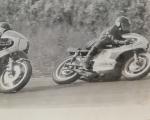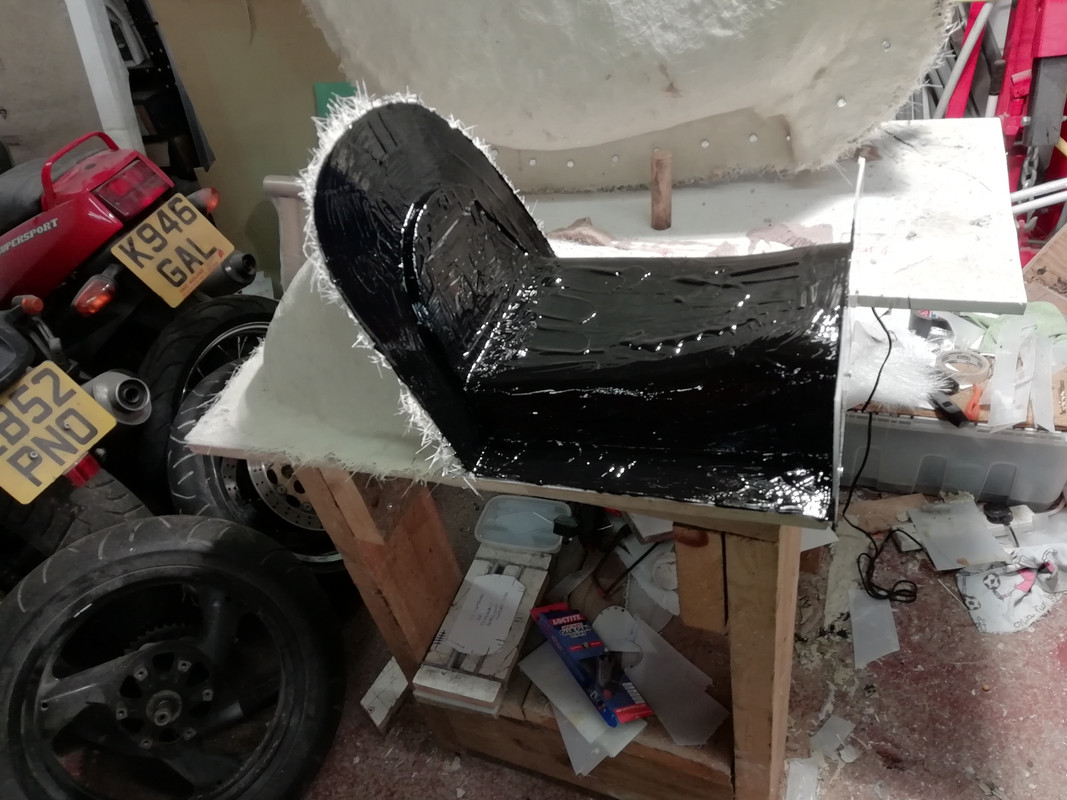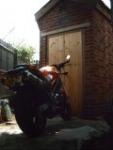Both sides of the tank top mould are now done with 4 layers of 300g mat, just the little bit at the front around the key switch to do to finish the top surface mould. I will need to drill the flanges every 50mm and put some 6mm nuts and bolts through so that the mould goes back in exactly the same place when it is taken apart to remove the pattern and put back together in preparation for the CF. Then the tank underside can be done, hopefully in one piece but I will not really know that until I turn it over.
 diesel station near me
diesel station near me
Whilst waiting for the various coats of resin on the tank mould to cure I turned my attention to the seat pattern and in particular the mould divider. I originally intended to split the mould longitudinally along the centre-line but decided that it would be a lot easier to do it laterally just aft of the start of the seat hump. This has the added advantage that the inevitable flash line will be hidden beneath the seat upholstery.
I was about to start fixing the divider to the pattern when it dawned on me that when extending the length of the seat pattern and providing a more sculptured base I had completely forgotten about the interface between the tank and the seat base (originally a simple butte joint). I had become obsessed with making the seat base look less like a plank and had spent a lot of effort raising the front and providing curved profiles towards the front of the seat base. The result was that the leading edge had grown 25mm to 30mm in height and width. If I had moulded it from that modified pattern it would have looked like additional air scoops immediately aft of the tank.
The heavy duty blacksmith’s rasp was pressed into service to reduce the width of the carefully sculpted and laboriously rubbed down front profile of the seat by about 25mm. The seat base now looks like a plank again, a curved plank but still a plank, this took about 2 hours and was a bit heart breaking.

Due to a basic original design flaw (not considering the thickness of foam and upholstery at the front of the seat when making the seat base) whatever happens there will be a slight aesthetic disconnect at the junction between the tank and the seat. The tank has near vertical sides with the rear outer edges tangential to the outer width of the frame rails with virtually no overhang beyond the frame rail width. The sides of the seat base have to/currently sit outside the frame rails and the width of the seat moulding has to allow for the thickness of:
a) the CF of the seat base itself,
b) any foam on the outside of seat base at the front,
c) the ambla seat upholstery on the outside and
d) the ambla on the inside of the seat base and any mechanical fixing to the seat base (contact adhesive or the hook and loop parts of Velcro tape?).
This is an absolute minimum of 6mm step each side assuming no foam whatsoever at the front on the sides. I originally intended to have 6mm closed cell rubber foam on either side of the seat flanks, I could try to taper this towards the leading edge but think that any abrasive applied to this type of foam will cause it to grip and tear. Plastic foam might work but is nowhere near as good, some experimentation is required.





















 Linear Mode
Linear Mode

